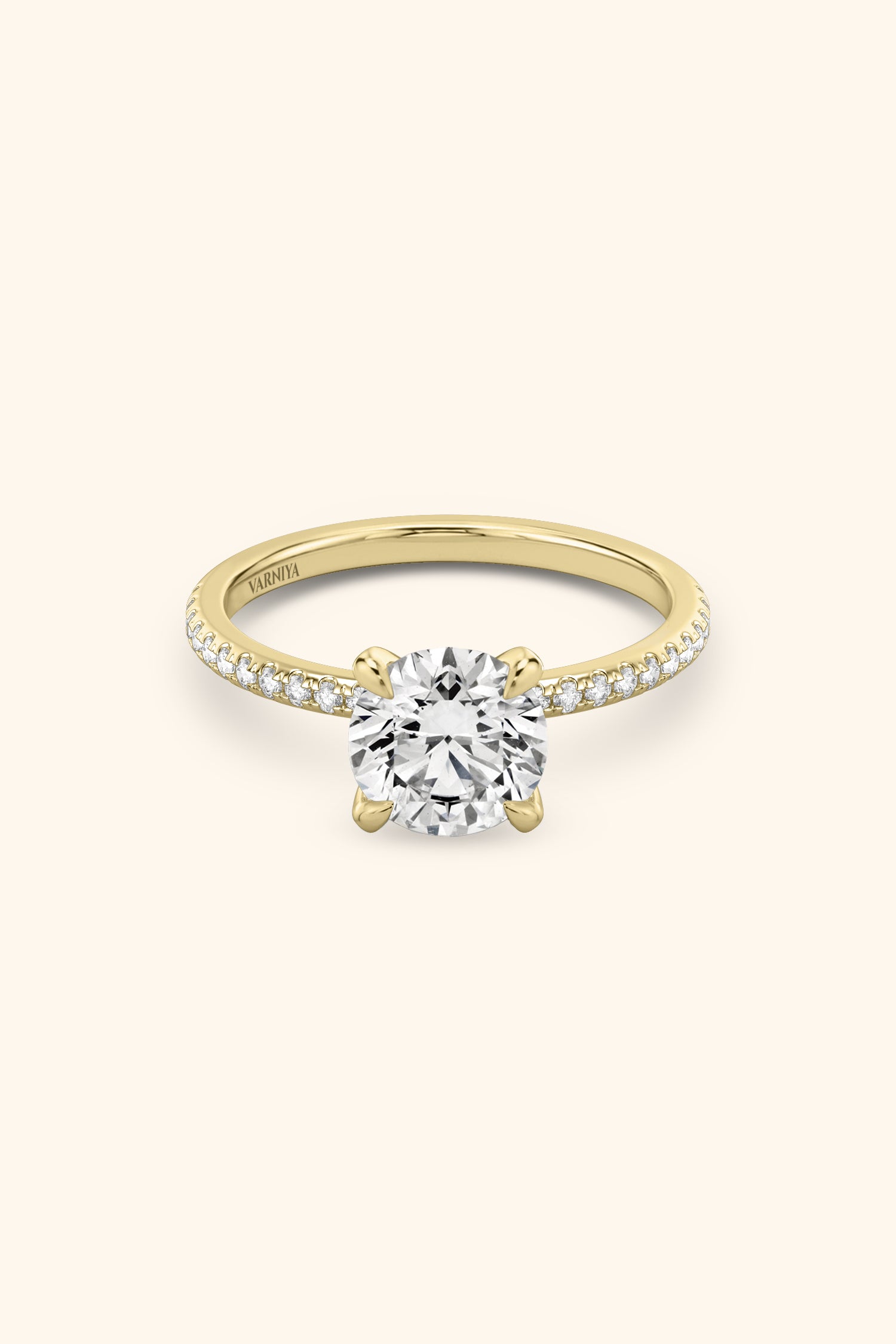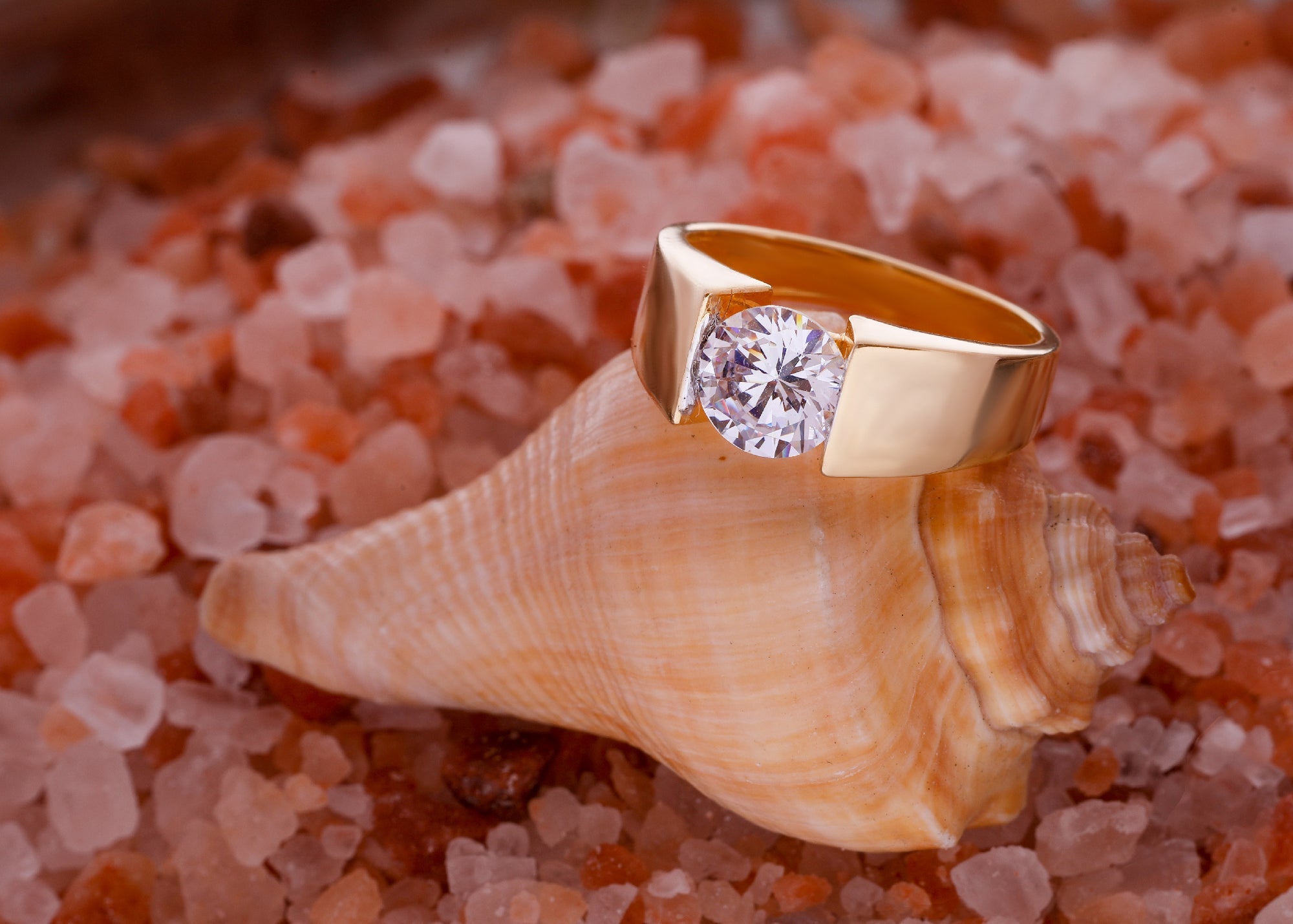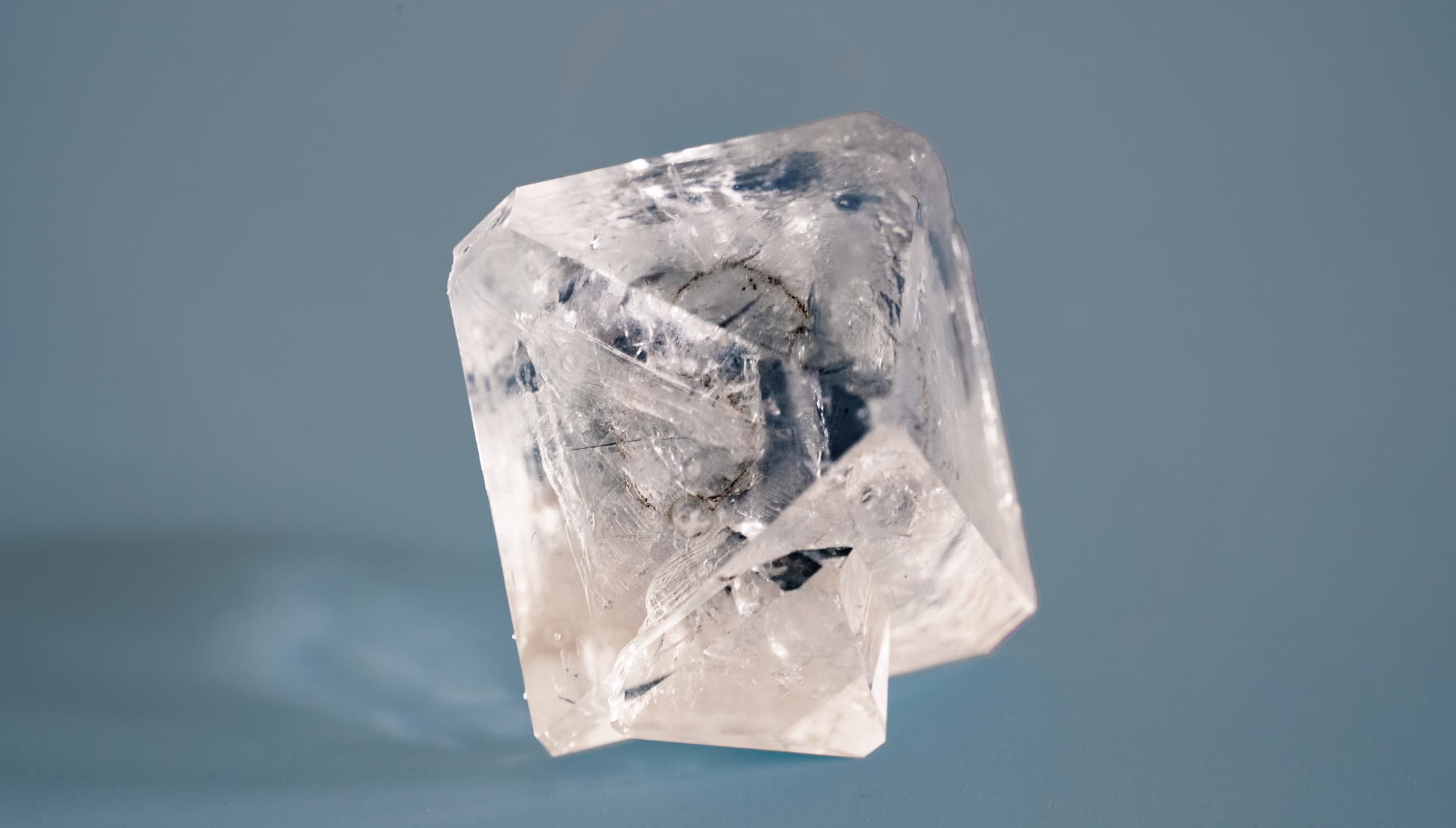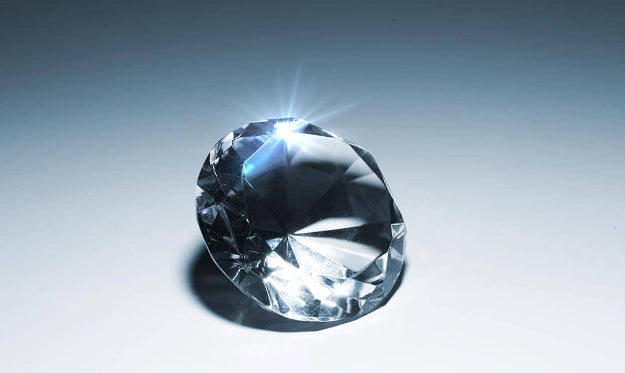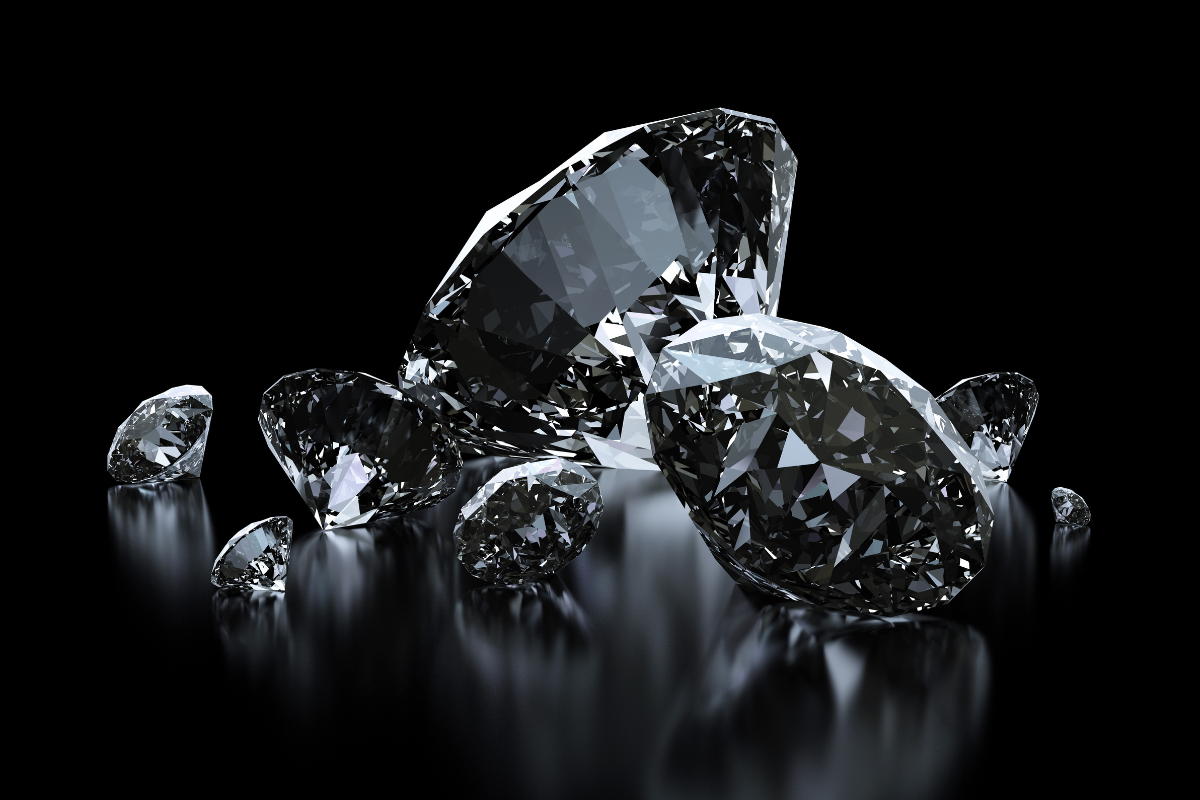
Lab Grown Diamond Council vs. Traditional Diamond Bodies: What’s the Difference?
Confused between lab grown and mined diamond councils? Understand how the Lab Grown Diamond Council differs in mission, values, and consumer impact.
Curious about lab-grown diamonds but drowning in all the industry jargon? You're not alone! In fact, lab-grown diamond sales soared nearly 38% in 2022 (Forbes), showing just how popular they've become.
The market share of lab-grown diamonds more than doubled between 2020 and 2022, now representing 17.3% of diamond sales by value globally.
But what's this Lab Grown Diamond Council, and how is it different from traditional diamond bodies? Grab your coffee—we're about to break it down clearly and simply for you!
What Is the Lab Grown Diamond Council?
The Lab Grown Diamond Council is a group that works to set rules and standards for lab grown diamonds. It helps consumers trust what they buy by focusing on transparency and fair trade.
Lab grown diamonds exhibit unique growth patterns that can be easily identified with the use of professional verification tools.
Unlike some natural diamond industry groups, this council supports ethical growth and development. The council is here to promote trust, quality, and better choices for you.
Explore Varniya's certified lab-grown diamonds, embodying transparency and ethical sourcing.
Understanding Traditional Diamond Bodies and the Natural Diamond Industry
Traditional diamond councils support the natural diamond industry. These groups help control how natural diamonds are mined, sold, and promoted across the global trade. Most were established years ago to protect jobs and the industry. But they focus less on transparency.
Experts Say: According to Bain & Co., mined diamonds dropped 28% in global demand by 2023—more consumers now want clarity and ethics, not just sparkle.
Core Differences Between Lab Grown and Natural Diamond Councils
| Aspect | Lab Grown Diamond Council | Traditional Natural Diamond Councils |
|---|---|---|
| Focus | Ethical sourcing, innovation, and sustainability | Mining regulation, trade protection, and legacy preservation |
| Type of Diamonds | Lab grown diamonds | Natural diamonds |
| Certifications | Promotes clear, modern certification standards for lab diamonds | Often uses older, traditional grading systems |
| Transparency | High focus on transparency and open reporting | Varies; often criticized for lack of full transparency |
| Consumer Education | Actively educates consumers about lab grown options | Focuses more on market promotion than consumer awareness |
| Environmental Impact | Lower carbon footprint and less land use | Higher environmental impact due to mining |
| Support for Innovation | Encourages tech development in diamond creation | More focused on preserving current systems |
| Main Markets | Popular among Gen Z and millennials in urban markets | Stronger presence in traditional luxury markets |
| Backed By | Industry leaders in lab grown technology and ethical retail | Long-established diamond mining and trade bodies |
| Global Presence | Growing presence in US, UK, and Asia | Dominant in regions like India, Africa, and Europe |
How Do These Councils Impact Consumers and the Trade?
Both the lab grown diamond council and traditional natural diamond bodies play a big role in shaping the diamond industry. But how do they affect you as a buyer or someone in the trade? Let’s break it down in a way that’s easy to follow.
1. Building Trust for Consumers
When you buy a diamond, you want to know it’s real, fairly priced, and safe to wear. That’s where these councils come in.
-
The lab grown diamond council works to promote fair practices and transparency in the lab grown diamonds market.
-
It helps consumers by creating clear rules for how diamonds are made and sold.
-
According to a 2023 MVI Marketing study, over 70% of Gen Z say they prefer lab grown diamonds due to ethics and lower cost.
-
Lab grown diamonds are often priced 30-85% lower than natural diamonds.
-
This shift helps you make informed choices and avoid being tricked by false claims.
2. Supporting Fair Trade and Industry Growth
The natural diamond industry has long supported jobs, development, and trade, especially in countries like India. Meanwhile, lab grown diamond sales are expected to reach 14.8% CAGR in India.
-
Many traditional councils provide training and help small miners create better conditions.
-
But older systems often lack full transparency or modern advancement.
-
On the other hand, lab grown councils focus on ethical sourcing and improvement in lab production.
Support sustainable industry growth by selecting from Varniya's range of lab-grown diamond jewelry."
3. Encouraging Responsible Industry Practices
Both sides are committed to protecting people and the planet. But the lab grown diamond council is faster in adapting to new needs.
-
It helps facilitate cleaner technology and energy-saving practices.
-
It pushes companies to stay honest and established a standard that younger buyers trust.
Jewellery Promotion Council: Where Does It Fit In?
The Jewellery Promotion Council plays a big part in India’s diamond and natural diamond industry. It helps grow the market, support local jobs, and promote Indian craftsmanship to global consumers.
But here’s the key difference—while it backs natural diamonds, it’s not the same as the Lab Grown Diamond Council, which supports lab grown diamonds and pushes for transparency and ethical sourcing.
The Natural Diamonds Council aims to highlight the unique qualities of natural diamonds over lab-grown diamonds.
-
The council works with the trade to boost exports and create new business.
-
It helps brands provide better quality and reach.
-
Many in the industry are now committed to including both grown diamond and natural gems in their strategies.
-
“We aim to facilitate growth across all segments while staying true to India’s heritage,” says a 2023 GJEPC report.
Which Diamond Certification Should You Trust as a Consumer?
When buying a diamond, the certification matters. It proves your stone is real, safe, and priced fairly. But with so many options, how do you know which one to trust?
The price of a 1.5-carat laboratory-grown diamond has dropped over 80% in less than a decade, making them an increasingly attractive option.
Here’s what you should look for:
-
The Lab Grown Diamond Council works to ensure clear standards for lab grown diamonds. They back ethical production and accurate grading.
-
For natural diamonds, trusted names like GIA and IGI give clear grading reports.
-
Ask questions before buying. Is the diamond certified? Who graded it? Can I read the report myself?
Choosing between lab grown and natural diamonds isn't just about looks—it's about values, trust, and transparency. The Lab Grown Diamond Council supports clear standards, ethical sourcing, and informed buying, while traditional councils maintain the legacy of the natural diamond industry.
Whichever path you choose, ask questions, check certifications, and make sure the diamond you buy reflects what matters most to you.


